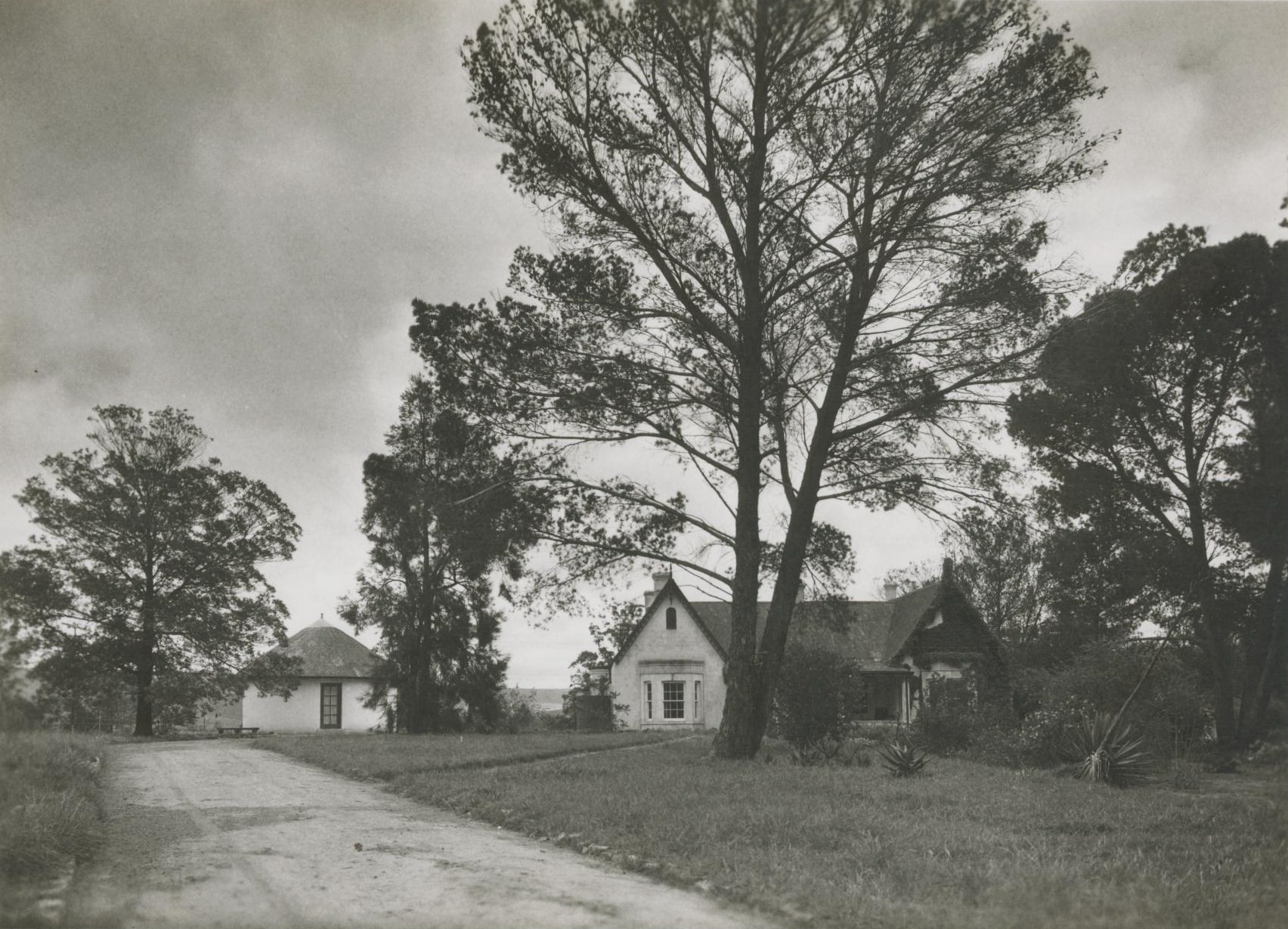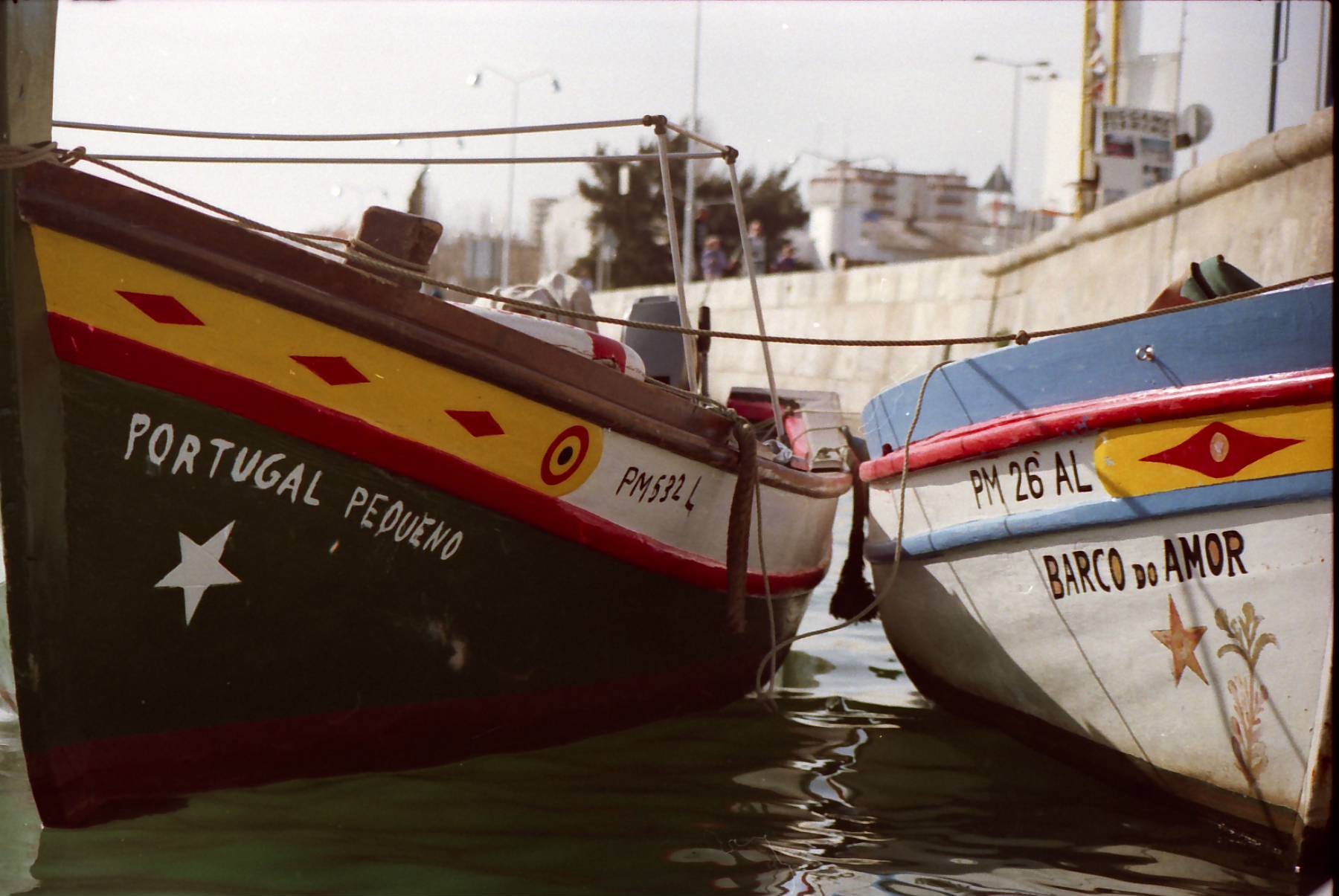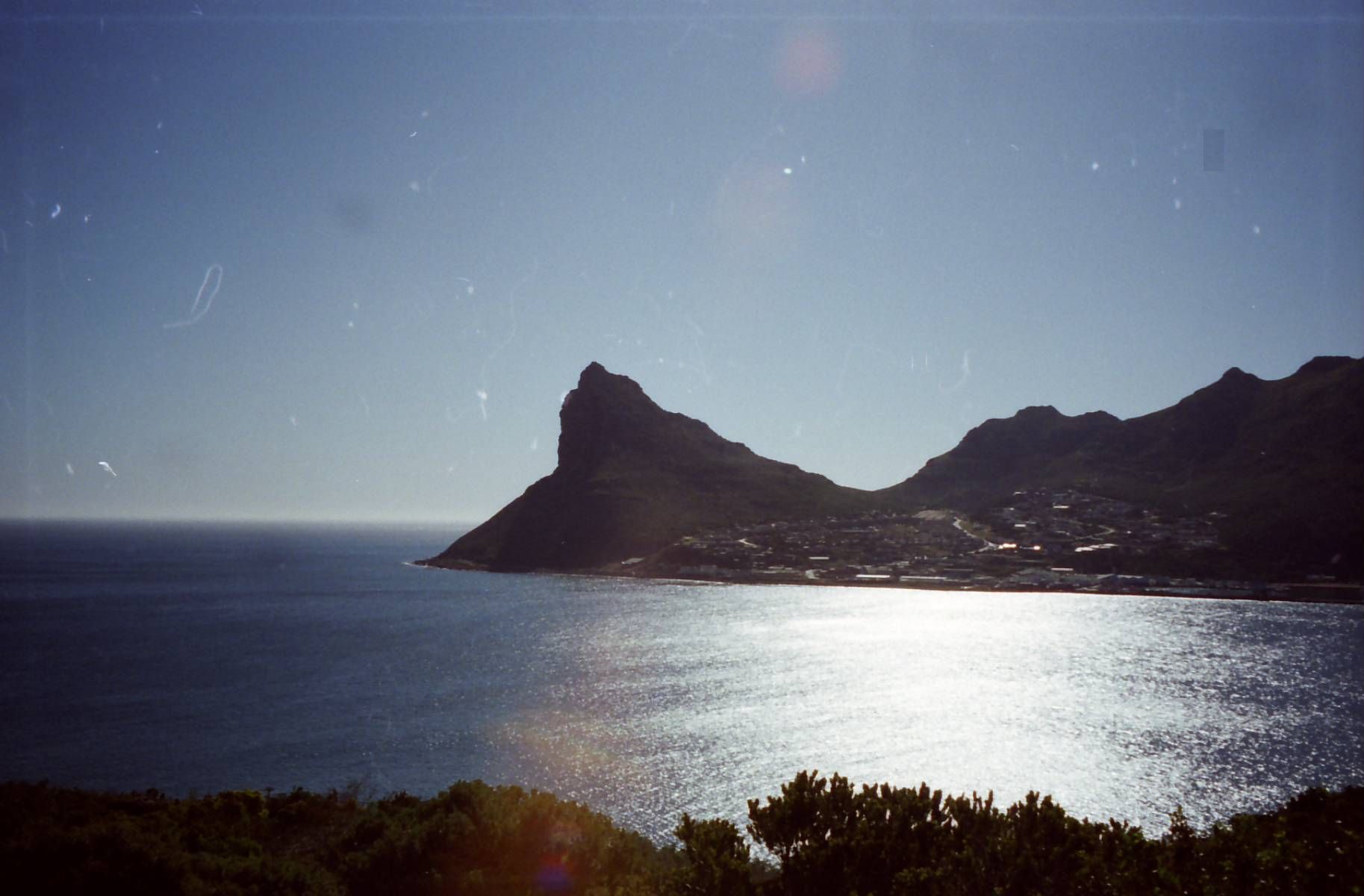“There is nothing – absolutely NOTHING – half so much worth doing as simply messing about in boats.”
From Kenneth Grahame’s The Wind in the Willows
One of my favourite books as a young child was The Wind in the Willows by Kenneth Grahame. My father had a passion for ships and all things to do with sailing and the sea. He particularly loved the quote at the beginning of this article, using it often in both formal talks and informal conversations.
We had a bed-time routine of him reading to me some story, preferably an uplifting one, before I went to sleep.
At the time we lived on a Church of Scotland mission institution in the Transkei region of the Eastern Cape Province of South Africa called Blythswood. It was relatively far from most amenities and there was no electricity supply there so when the sun went down candles and paraffin lamps provided light for meals and reading.
So some of my earliest memories are of going to bed with a hissing Coleman or Hurricane paraffin lamp beside my bed and my father reading stories to me from Arthur Ransome, A.A. Milne, Fennimore Cooper and sundry others of the “Boys’ Own Paper” sort.
From these came my fascination with small boats. Where my father was really keen on the big ships, especially of the naval variety, I was fascinated by small craft, rowing boats and dinghies and the like. I was always interested in boats that could navigate small bodies of water, rather than the wide open sea.
On a visit to the Algarve in southern Portugal some years ago I found the small boat culture there very interesting, especially the colourful “paint jobs” many of the boats had, which contrasted strongly with the rather drab paint of the boats with which I was familiar from holidays in Cape Town and other South African sea-side resorts. The boats I knew were mostly painted green or black or a combination of those two colours.
Of course the maritime culture of Portugal, and in particular of the Algarve, is of interest to anyone who studies South African history, as the first white travellers to our shores came from this area, in all likelihood. While in the Algarve the party I was with spent a good deal of time at Sagres, the small fishing village on the south-western-most point of Europe (the Promontorium Sacrum, or Sacred Promontory, from which the village derives its name), where the man well-known as “The Navigator” lived and died more than 600 years ago.
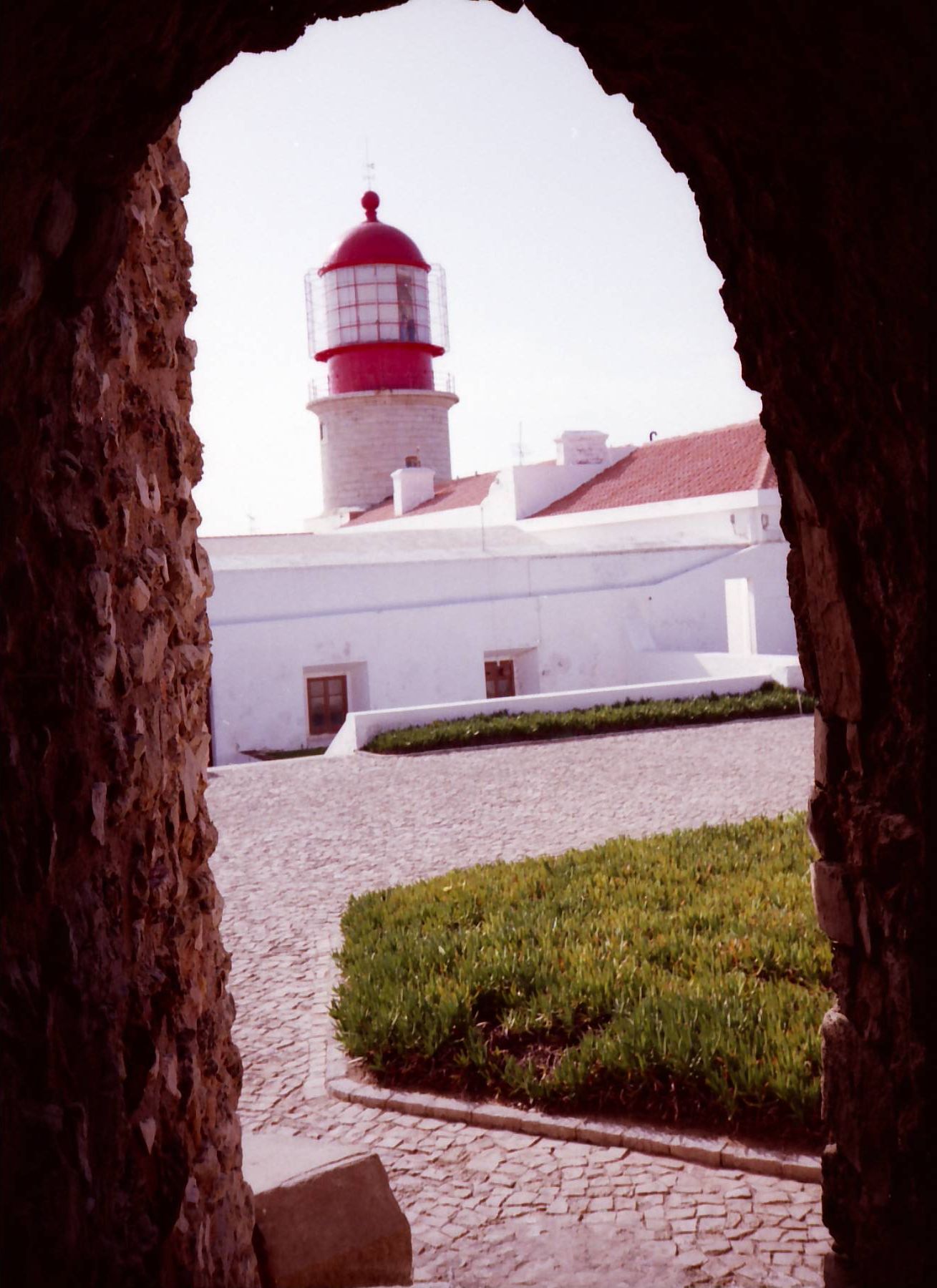 The Navigator (o Navegador in Portuguese) was one of the “Illustrious Generation” (Ínclita Geração in Portuguese) of Princes of the Royal House of Avis, whose mother was the English Princess Philippa, who was in turn the daughter of the famous John o’ Gaunt. So a link was forged between England and Portugal which has remained strong until now.
The Navigator (o Navegador in Portuguese) was one of the “Illustrious Generation” (Ínclita Geração in Portuguese) of Princes of the Royal House of Avis, whose mother was the English Princess Philippa, who was in turn the daughter of the famous John o’ Gaunt. So a link was forged between England and Portugal which has remained strong until now.
The Navigator, whose full title was The Infante Henrique, Duke of Viseu, was the third child of King John I of Portugal and the Queen Consort Philippa, and in spite of his honorary title of “Navigator” did not himself do much in the way of exploration. Rather he set up a school of navigation and other seafaring skills on Sagres Point, which inspired the explorers Bartolomeo Dias and Vasco da Gama to sail around the southern-most tip of Africa, Da Gama eventually continuing to India, thus cementing Portuguese dominance early in the colonial race, a dominance which was, however, very soon challenged.
This bold exploration of seas uncharted and unknown to the Europeans was celebrated by the great Portuguese poet Luis Vaz de Camoens in the epic poem Os Lusiadas:
“I am that mighty Cape, occult and grand,
Stormy by nature, and ‘Of Storms’ by name:
Geographers have never mapped this land,
Into these seas no old explorers came.
Pointing south, last sentinel I stand
Of Africa’s long coast. Who comes to tame
This seagirt spine of crags till now unknown?
Your challenge puts a tongue in silent stone.
After setting sail from Lisbon in August 1847 Bartolomeo Dias rounded the Cape of Good Hope in late January 1488. He and his ships anchored in the bay they called Sao Bras, now known as Mossel Bay, and there occurred the first violent clash between Europeans and African indigenes in South Africa. This was a fateful day which foreshadowed many, many more to come in the centuries which followed. The clash resulted in the death of one of the indigenes who thus was the first African in South Africa to be killed by a white person. It was 3 February 1488.
When Dias and his men left Portugal they took with them four African women taken from West Africa, who “were to be put ashore at various places on the African coast with instructions to fo into the interior, there to sing the praises of the Portuguese king and the ‘grandeur of his kingdom’” (This from the book Frontiers by Noel Mostert (1992)). One of these women was put ashore at Algoa Bay, near the present city of Port Elizabeth. Mostert notes of her: “Few figures in the African story strike me as being more dramatically sad than this pitiful wretch, taken from her world in West Africa to Lisbon, possibly as a slave, taught the Portuguese language and the mercy of Christ, embarked upon that incredibly vile and arduous voyage into the unknown, and then summarily abandoned within sight of natives of unknown disposition towards strangers. They would be back, the Portuguese assured her, to hear her news. In this bizarre fashion the story of European contact with southern Africa began.”
Dias and his men and ships sailed on for a further three days or so before the men forced Dias to turn back to make the return voyage to Portugal. Along the way they went ashore west of the Bushman’s River mouth, at a place now called Kwaaihoek. Here Dias erected, on 12 March 1488, a padrão, a limestone cross, of which three had been brought with them from Portugal. He dedicated this padrão to St Gregory.
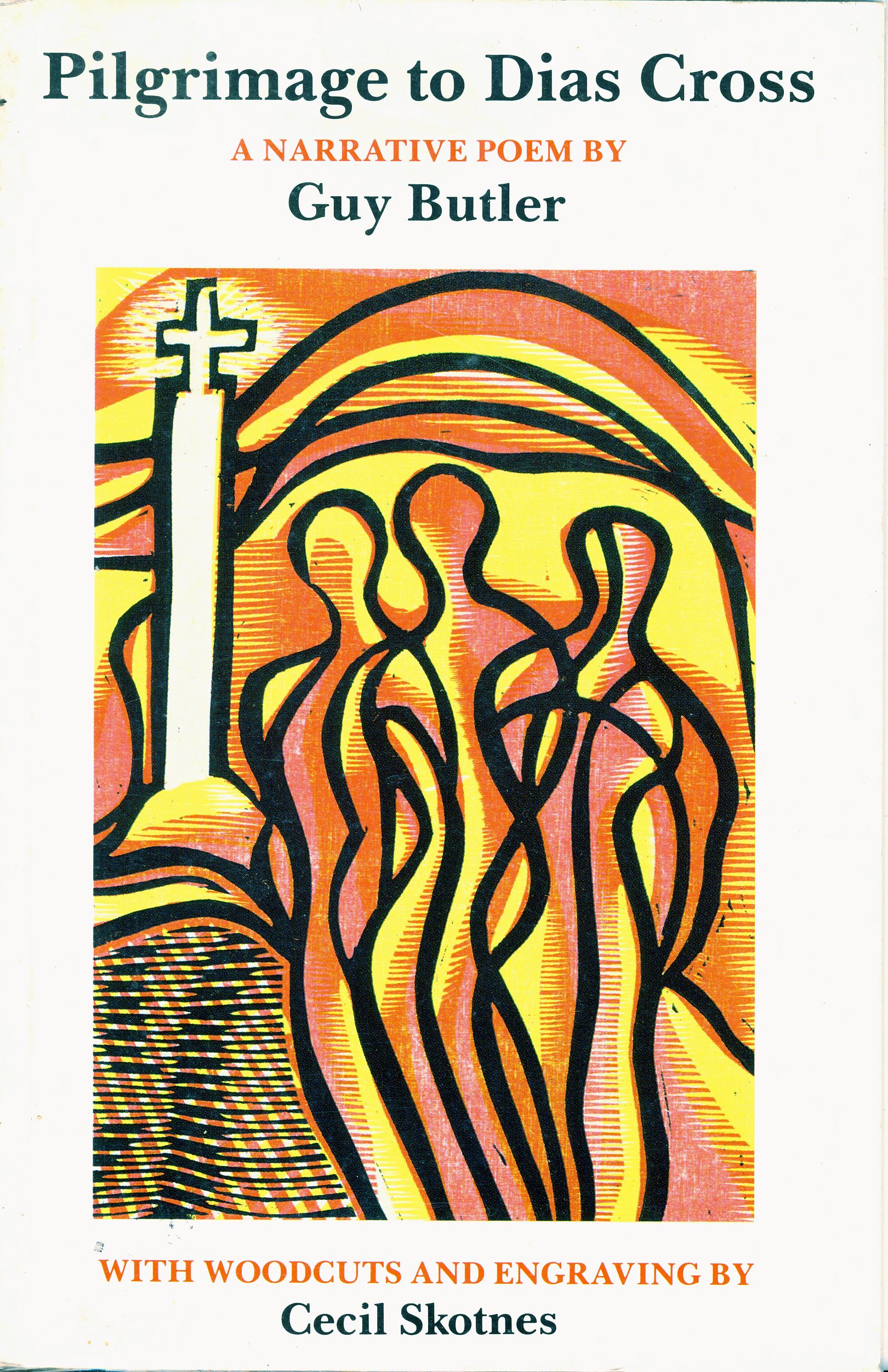 Great South African poet and author Guy Butler wrote a narrative poem called Pilgrimage to Dias Cross (Cape Town, David Philip: 1987). He describes the scene thus:
Great South African poet and author Guy Butler wrote a narrative poem called Pilgrimage to Dias Cross (Cape Town, David Philip: 1987). He describes the scene thus:
“And there beside his pillar of stone
The swarthy discoverer stands
“His truculent men who sweated to raise it,
Tightening, easing ropes through palms,
Are snoring long since.
Is his sleepless mind
Still on the East, his Prince’s hunger
For spices and converts? Or does he foresee
His cold homecoming, demotion
To third in command? About him cling
Silent conspiracies. Records are lost.
The name of his ship? No soul knows.
Mere scraps of gossip, disguised facts.”
And later in the poem Butler writes:
Dias drew away from that pillar
With pain and passion, as much as if
He’d left a son in exile there for ever:
Remembering the peril to his person,
To all his men and ships; embittered that
Their voyage should yield no other fruit
Than a branchless little tree of marble planted,
Its name soon lost on the charts.
So ambiguous was the first recorded encounter between Europe and southern Africa, so fraught with meaning in the light of the subsequent history of the sub-continent.
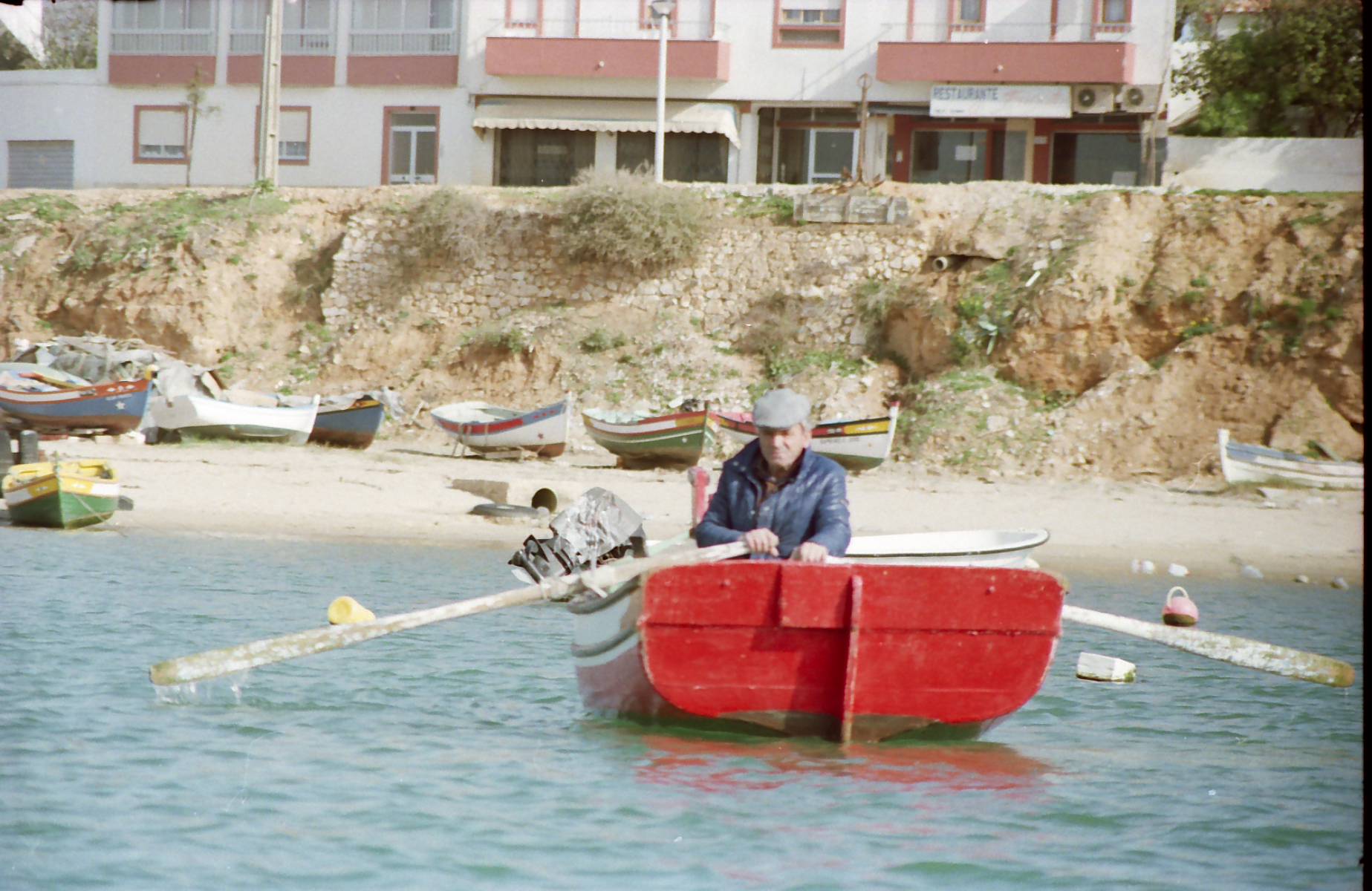 The brightly coloured boats of the Algarve are symbolic of the cultural riches that are the birthright of everyone, European and African, who have been touched by the maritime exploits of the people of the Algarve. Picturesque they might be, but they carry a weight of history and memory for me.
The brightly coloured boats of the Algarve are symbolic of the cultural riches that are the birthright of everyone, European and African, who have been touched by the maritime exploits of the people of the Algarve. Picturesque they might be, but they carry a weight of history and memory for me.
Where I am now, the person I am, is made up of all these strands of history and memory, culture and genes, threads that weave a pattern, a rich tapestry, full of colour and life, that make up my consciousness, my awareness.
To quote Butler again:
“No culture is large enough to contain
The fullness of being of those who comprise it.
History’s noise seems endless like the sea’s.
“We are the traffic on its surface,
The life that sweats and labours,
The singing voices on the shore.”
(All photos above by the author)
